How to Conserve Water in Your Garden and Cut Costs
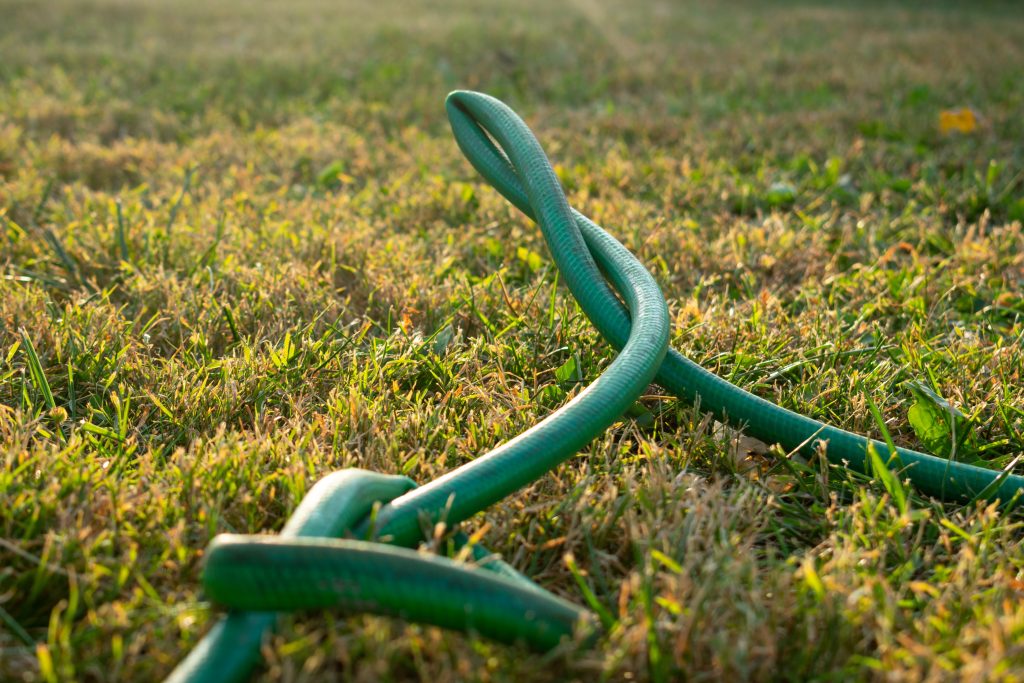
With climate change driving more frequent droughts and unpredictable weather patterns in the UK, garden water conservation has become a pressing concern for homeowners. Adopting water-saving techniques, such as rainwater harvesting and using drought-tolerant plants, helps conserve water, reduce garden maintenance time, and significantly lower water bills.
Key Reasons to Consider Conserving More Water
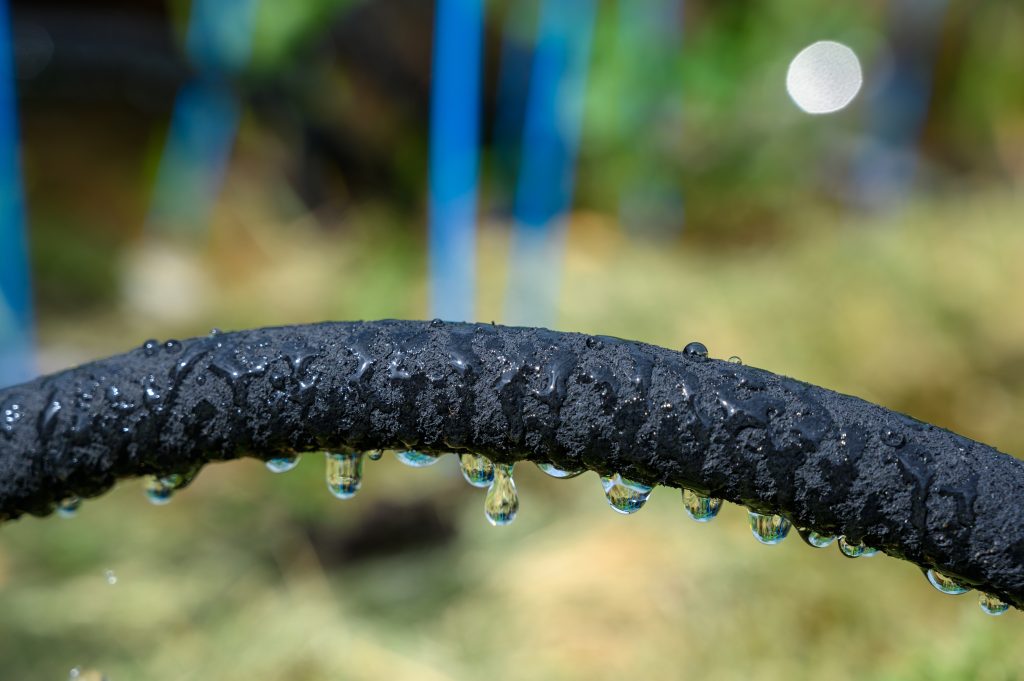
Water conservation in gardens is critical for both environmental and financial reasons. Conserving water helps reduce the strain on public water supplies, particularly during dry seasons, and lowers household water bills – a significant benefit as garden maintenance can account for a substantial portion of water usage. In fact, the average UK gardener spends up to 45 hours per year watering their garden.
From an environmental standpoint, reducing water usage promotes healthier plants. Overwatering can lead to shallow roots, making plants more vulnerable to droughts. By watering less frequently, you encourage deeper root growth, which in turn makes plants more resilient and improves soil health by retaining moisture naturally.
About Rain Water Harvesting – A Simple But Effective Solution
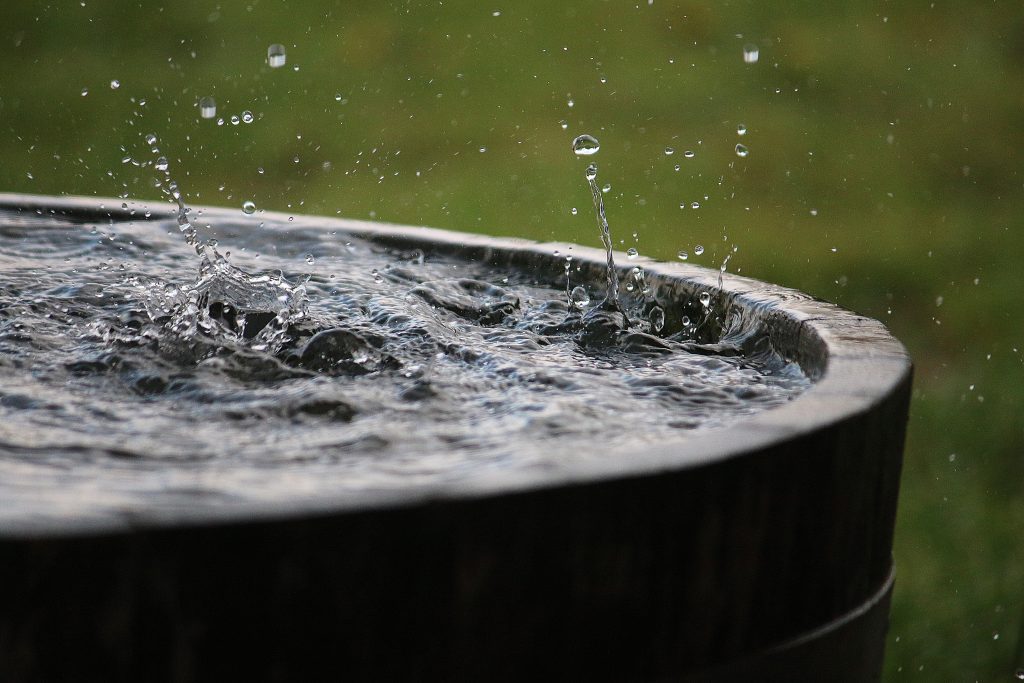
Rainwater harvesting involves collecting rainwater from rooftops and storing it in water butts or tanks for future use. This method reduces reliance on mains water supply, which is especially beneficial during dry periods or hosepipe bans.
One of the key benefits of using harvested rainwater is that it’s naturally better for plants. Unlike treated tap water, which contains chlorine and other chemicals, rainwater is pure and soft, making it ideal for nourishing plants, particularly those sensitive to hard water.
Installing a Water Butt in Your Garden
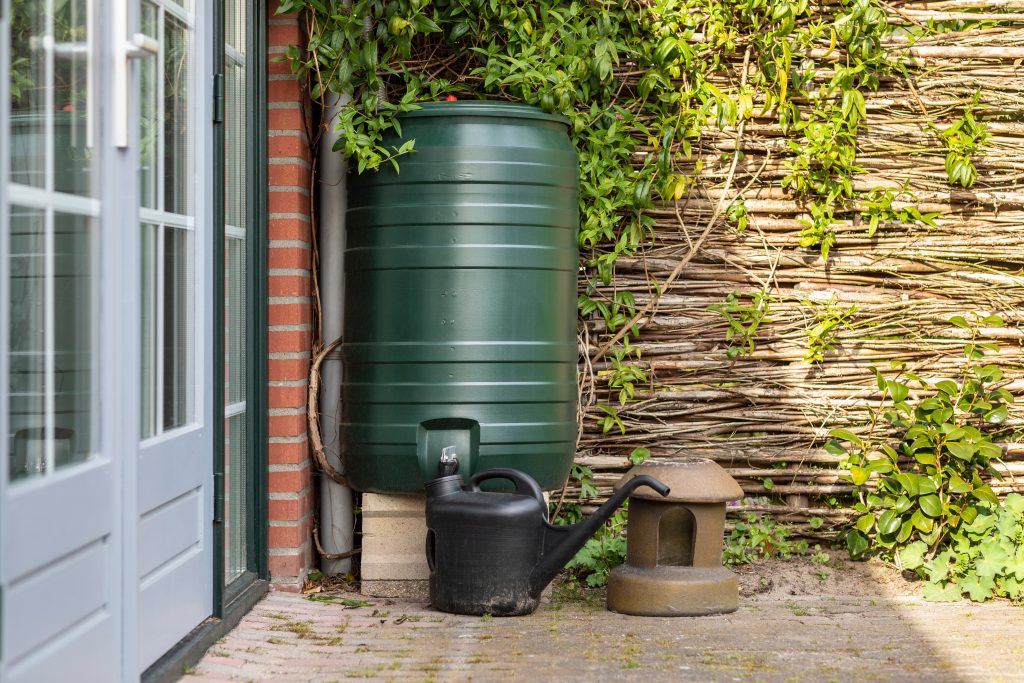
Place the water butt under a downpipe connected to your roof gutters to capture runoff. Many water butts come with taps for easy access, and multiple butts can be linked together for larger water storage. Be sure to cover the butt to prevent debris or pests from contaminating the water.
The harvested rainwater can be used for various garden tasks, such as watering garden beds, potted plants, and even washing garden tools. To make the most of it, use a watering can or set up a drip irrigation system that directly feeds the water to your plants.
Choosing Drought-Tolerant Plants for Your Garden
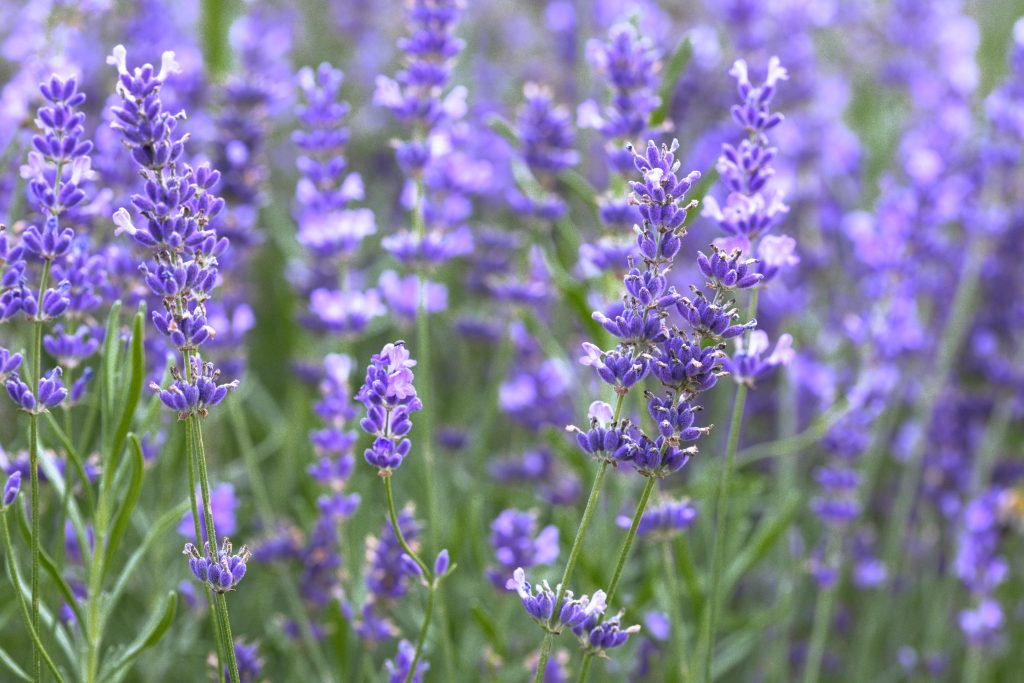
These hardy plants are specially adapted to survive with minimal watering, making them ideal for the UK’s increasingly unpredictable weather patterns. Once established, drought-tolerant plants reduce your garden’s need for frequent watering, helping to lower your water bill.
When selecting plants, look for species known for their resilience in dry conditions. Popular choices include lavender, sedum, rosemary, and grasses like festuca. These plants have evolved mechanisms such as deep root systems, waxy or hairy leaves, and smaller leaf surfaces, all of which help them retain moisture and reduce evaporation.
Using Drought-Tolerant Plants to Manage Moisture Retention
Drought-tolerant plants have robust root systems that break up compacted soil, allowing it to hold more water, which benefits the entire garden. Moreover, by covering the soil surface, these plants act as a natural mulch, suppressing weeds and preventing moisture loss through evaporation.
To maximise their efficiency, group drought-tolerant plants together in areas that receive full sun. This reduces competition for water among plants with similar needs, ensuring your garden stays lush with minimal watering.
Conserving Water with Corten Steel Water Features
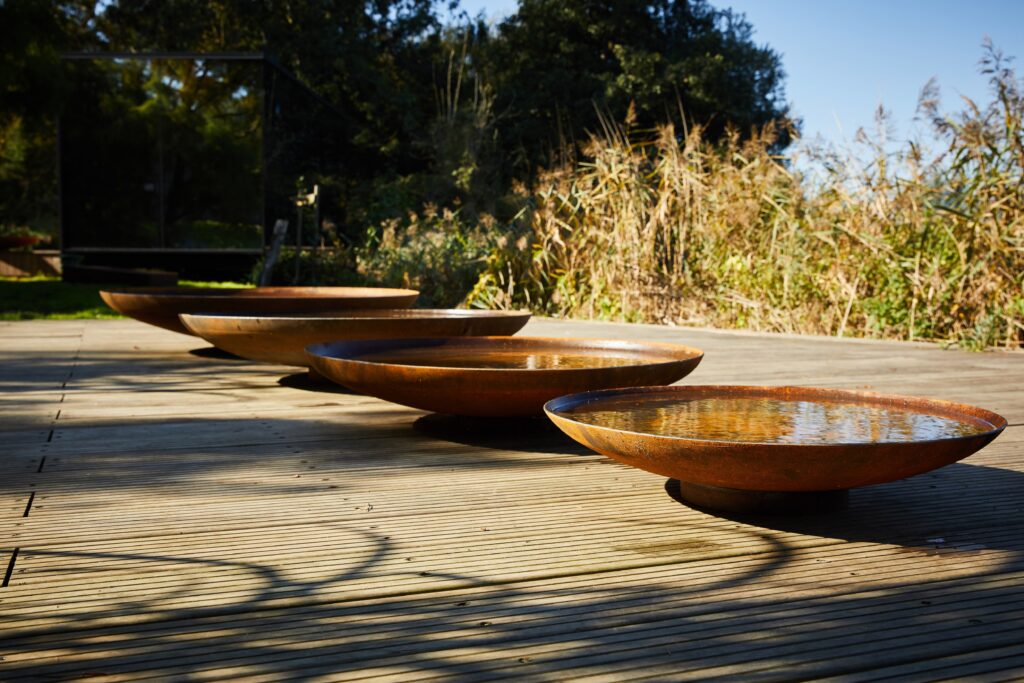
Corten steel water features are a stylish and water-efficient addition to any garden. While traditional water features can be water-intensive, corten steel bowls are designed to retain water effectively, reducing the need for constant refilling.
If you would prefer a trickling water feature or fountain, as opposed to a standing bowl, consider adding a recirculating pump to your installation. This allows the same water to flow continuously without the need for replenishment, significantly reducing water waste. You can also position the water feature in a shaded area to minimise evaporation, and use a small covering or lid when the feature is not in use to prevent unnecessary water loss.
Get to Know Corten Steel
Corten steel is renowned for its durability and low maintenance. As it weathers, the steel forms a unique rust-like patina that protects the underlying material, ensuring the structure lasts for years with minimal care. The material’s ability to hold water without deteriorating makes it ideal for water bowls and troughs.
Additional Tips for Water-Wise Gardening
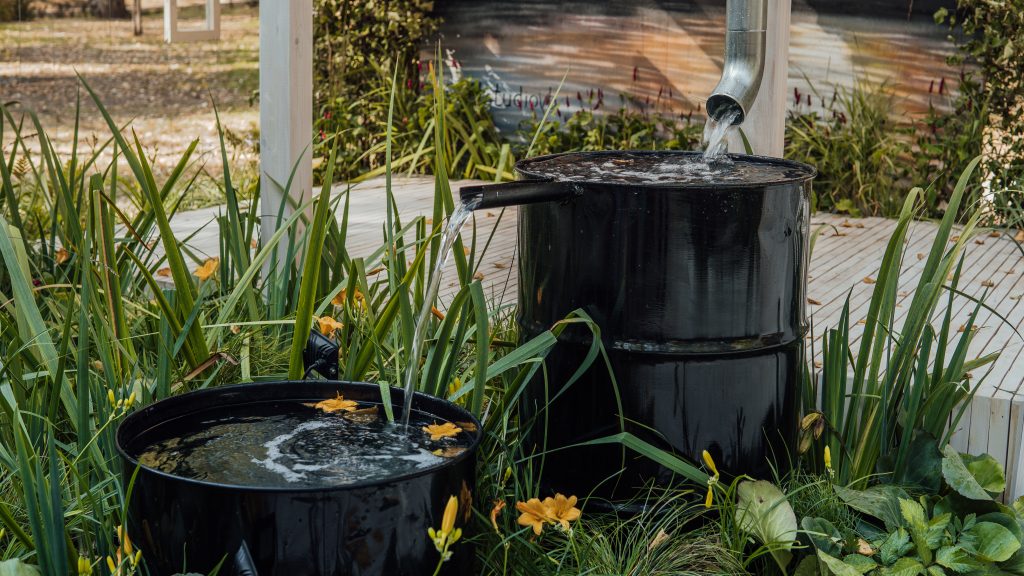
One of the most effective ways to save water is by watering your plants early in the morning. This reduces evaporation since the cooler temperatures allow more water to reach plant roots before the heat of the day kicks in.
- Another useful tip is to apply mulch around plants. Organic materials like wood chips or straw not only help retain moisture in the soil but also suppress weeds and improve overall soil health. Mulch also creates a barrier that reduces evaporation, keeping the soil cooler and wetter for longer.
- Consider grouping plants with similar water needs in the same areas. This reduces overwatering and ensures that each plant gets the right amount of moisture.
- Focus on improving soil health by incorporating compost or organic matter into the soil’s ability to retain moisture, leading to healthier, more resilient plants.
- Cover exposed soil with ground-cover plants or low-growing shrubs, and consider using drip irrigation systems to deliver water directly to plant roots, minimising waste.
Save More Water When Caring for Your Garden
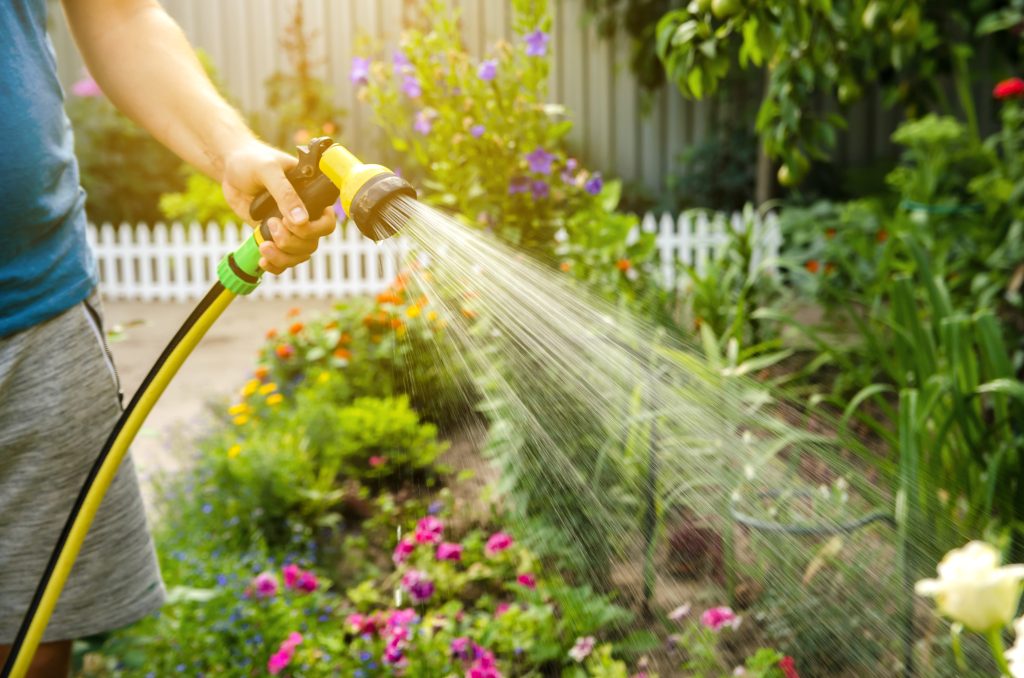
Creating a more sustainable, water-wise garden is within reach for every homeowner. By adopting some of the practical water conservation methods above, you can reduce water use and protect the environment. Now is the time to take action.
Get a Quote
Looking for advice or have a question? Fill out our quick form below and we'll put you in touch with the right person in our team! We'll get back to you by the end of the next working day.


